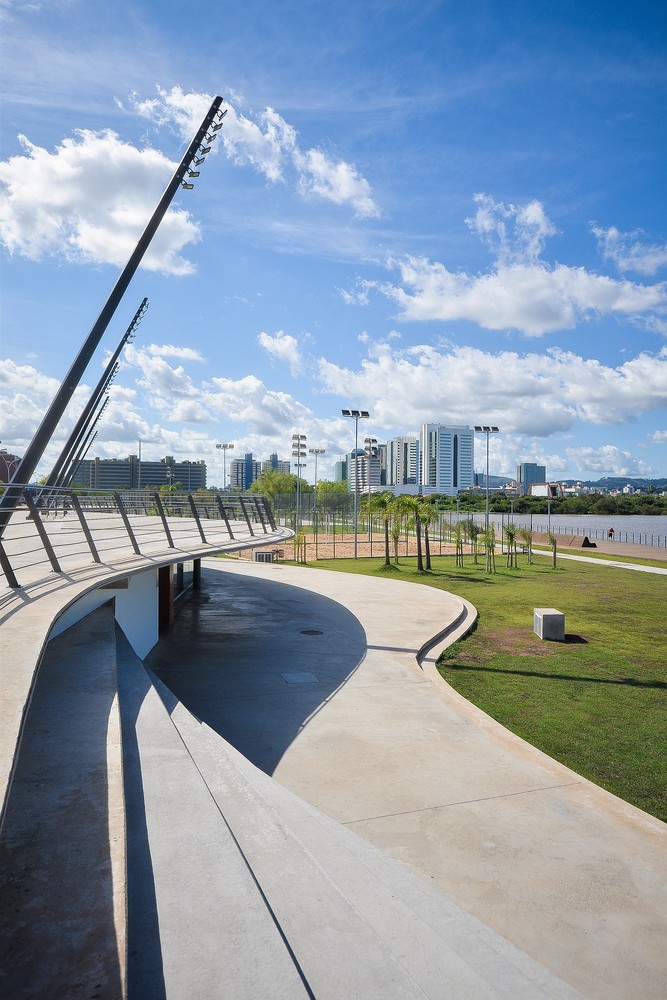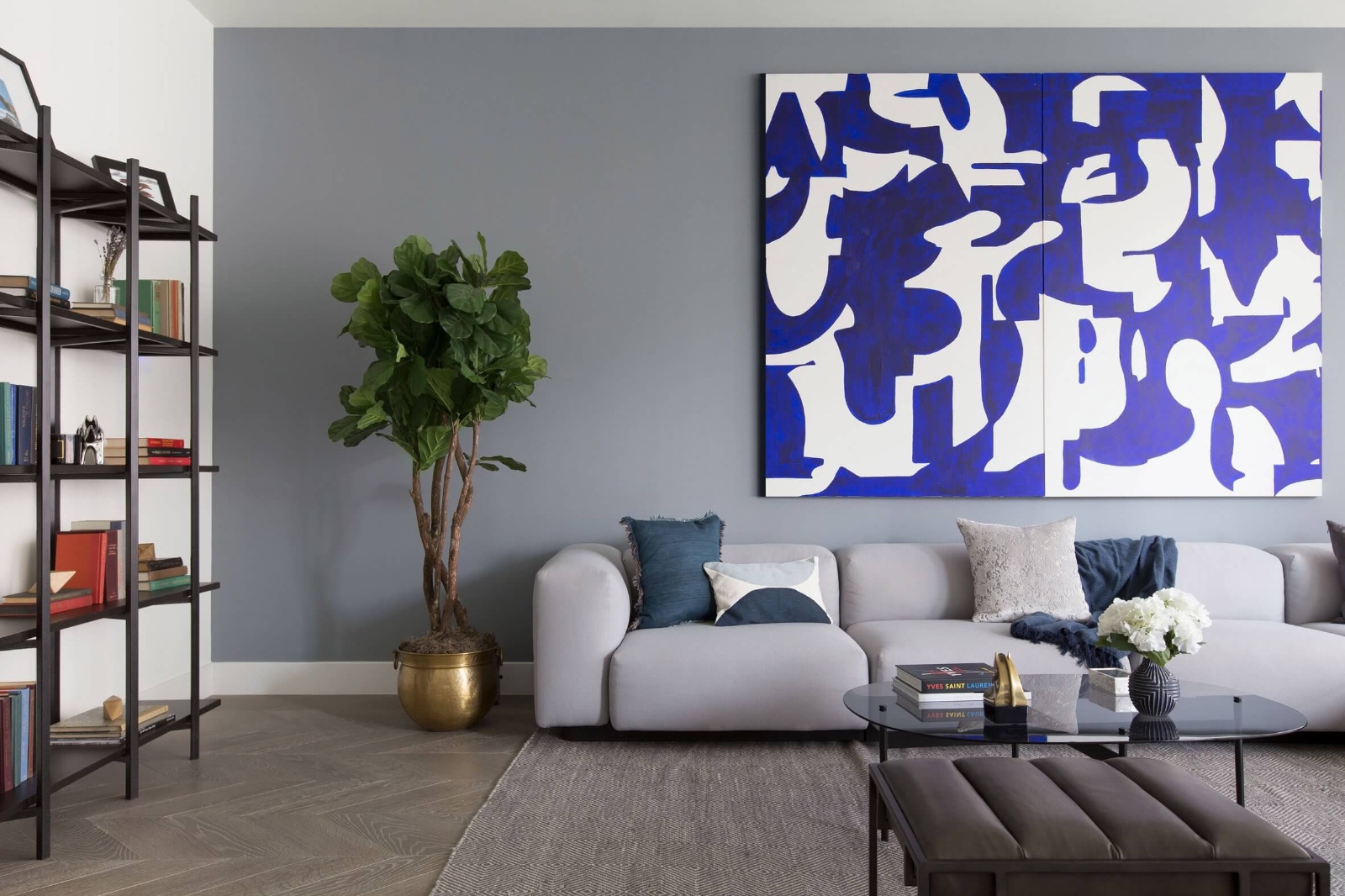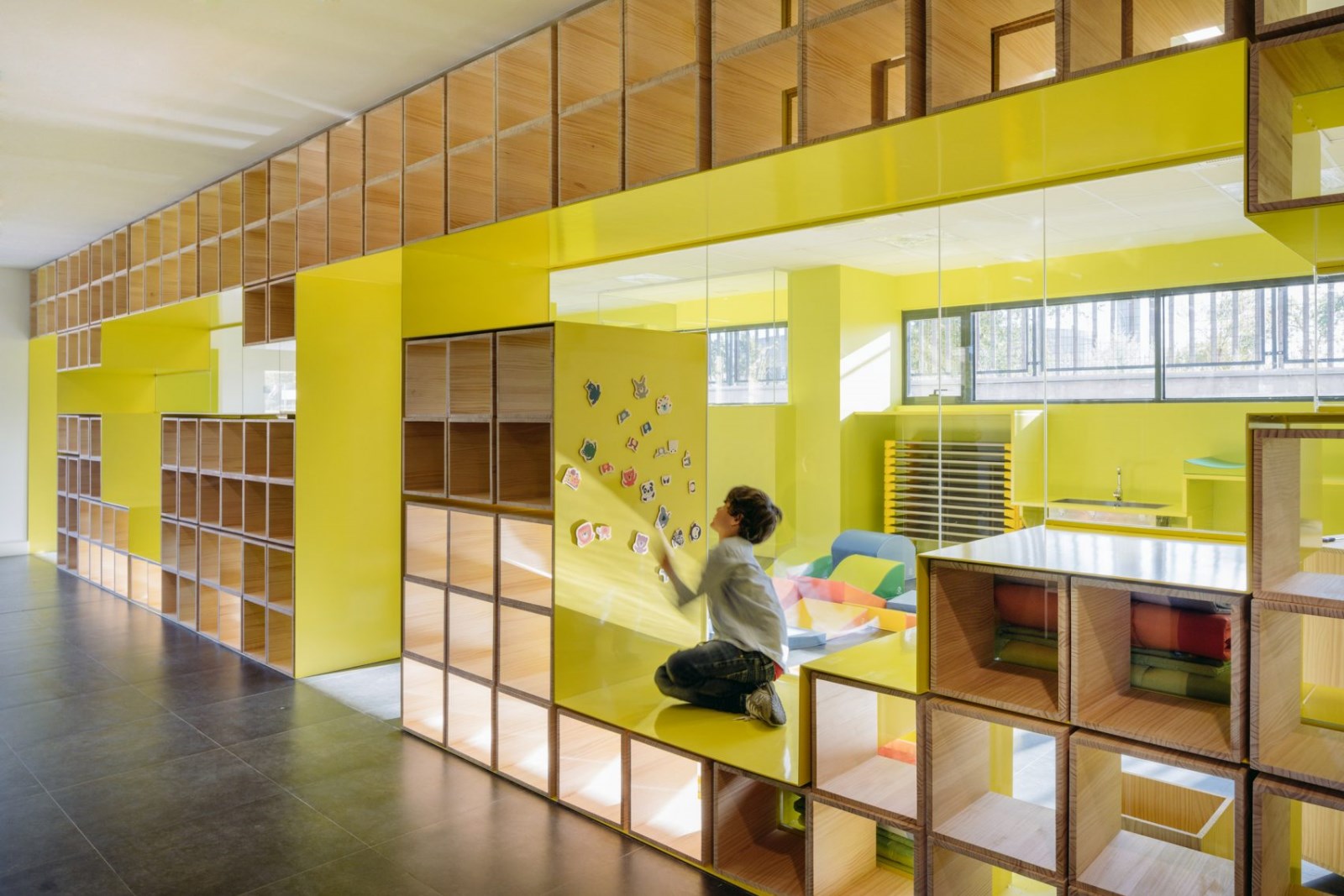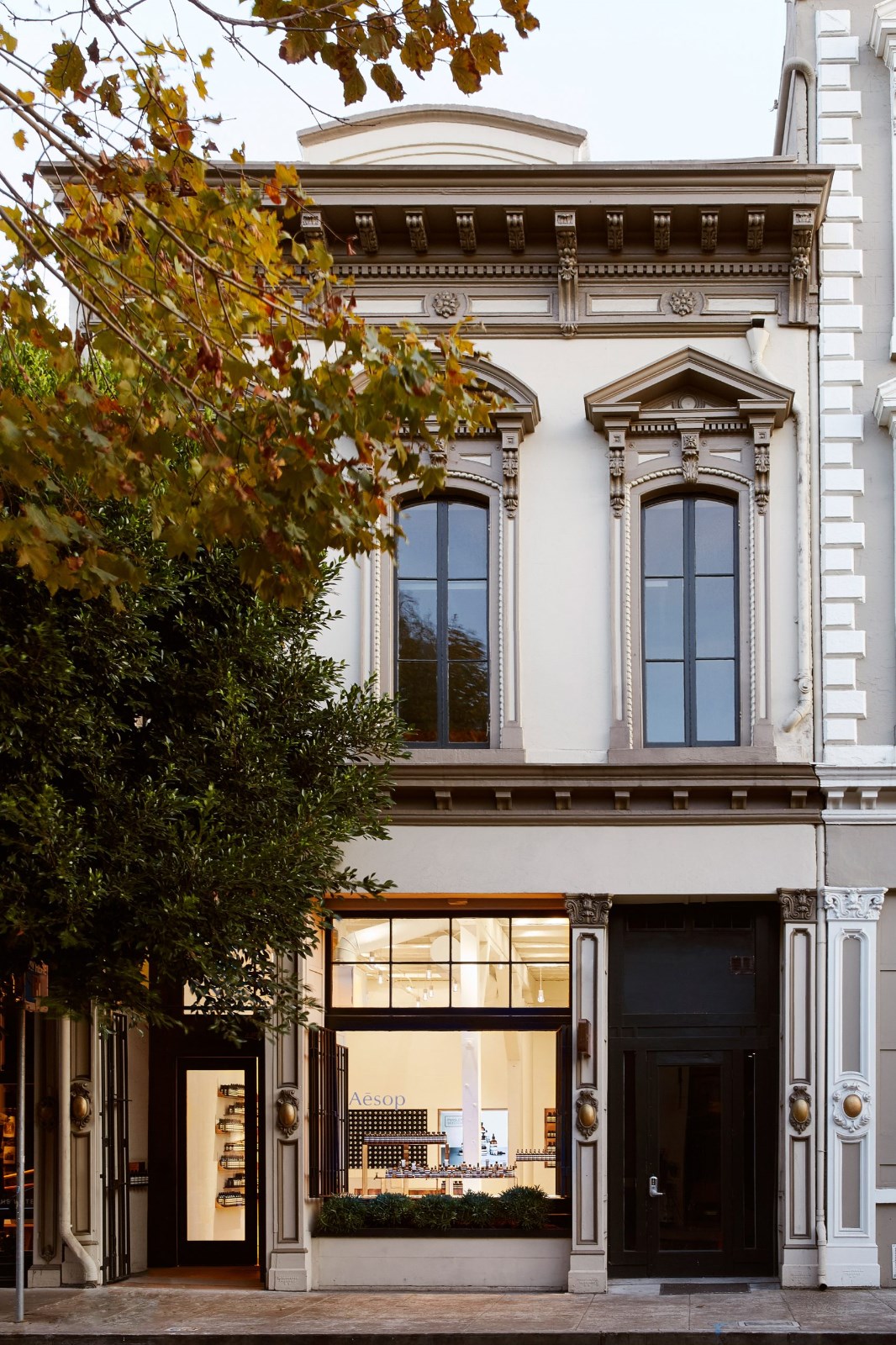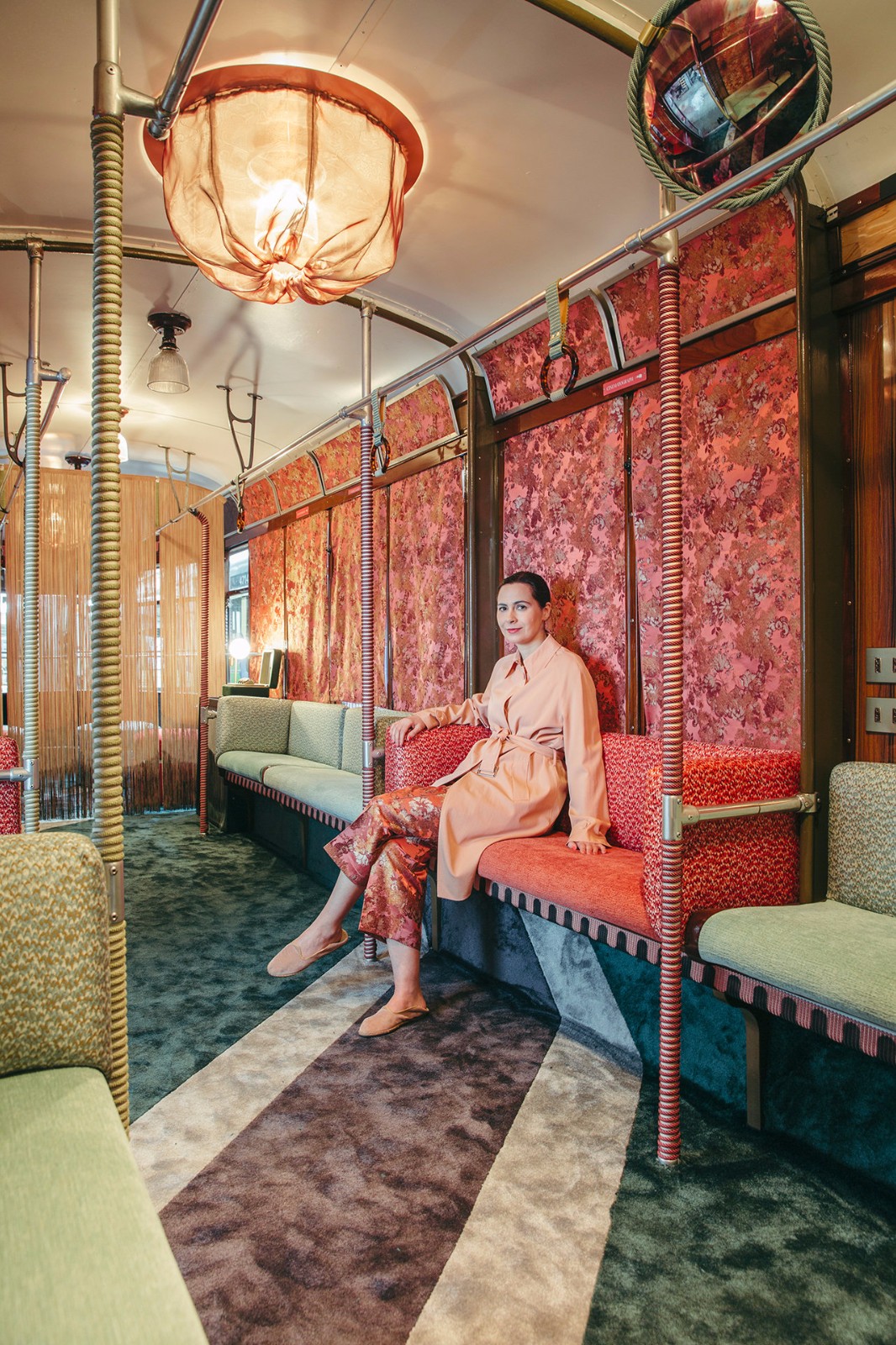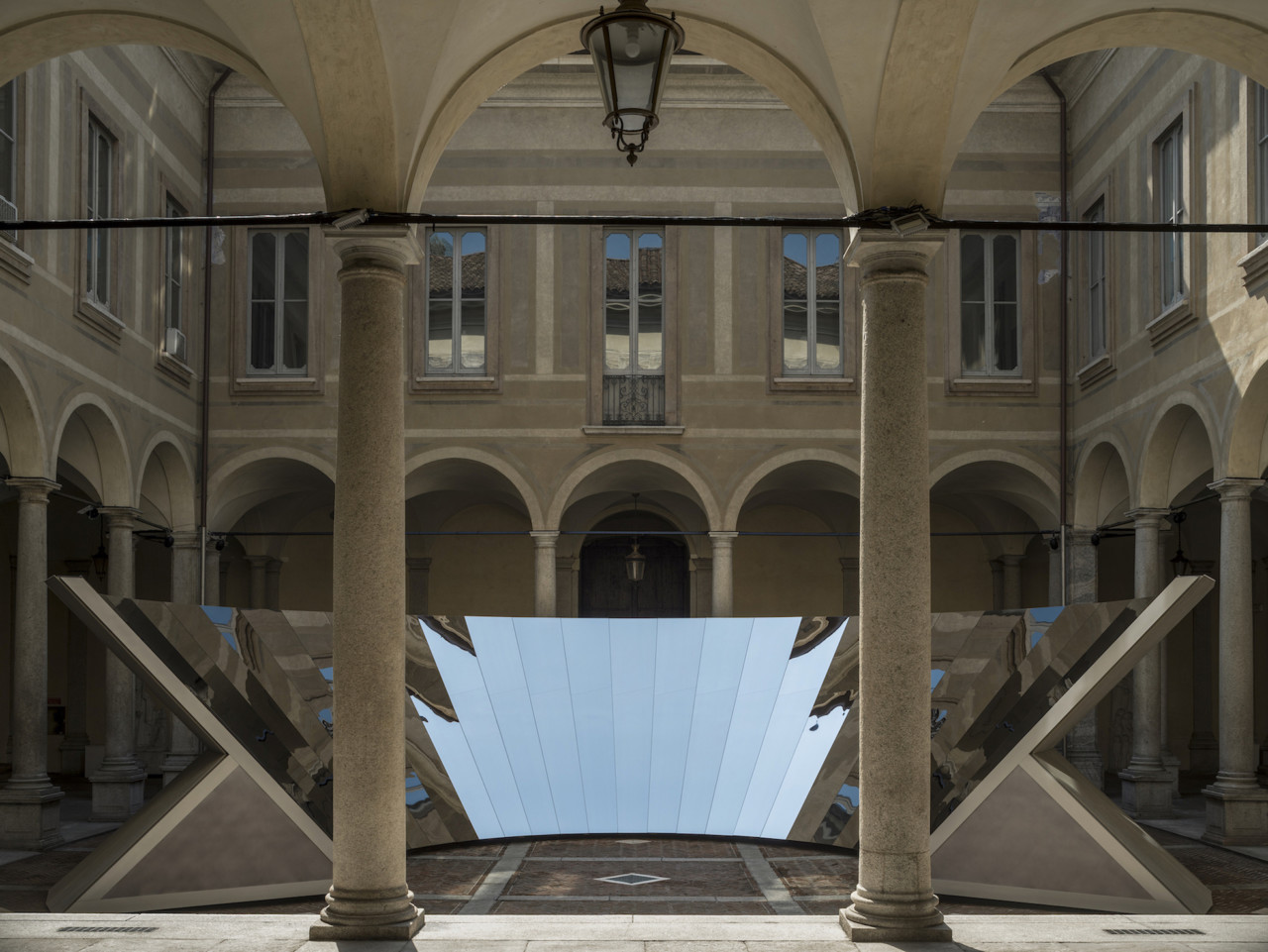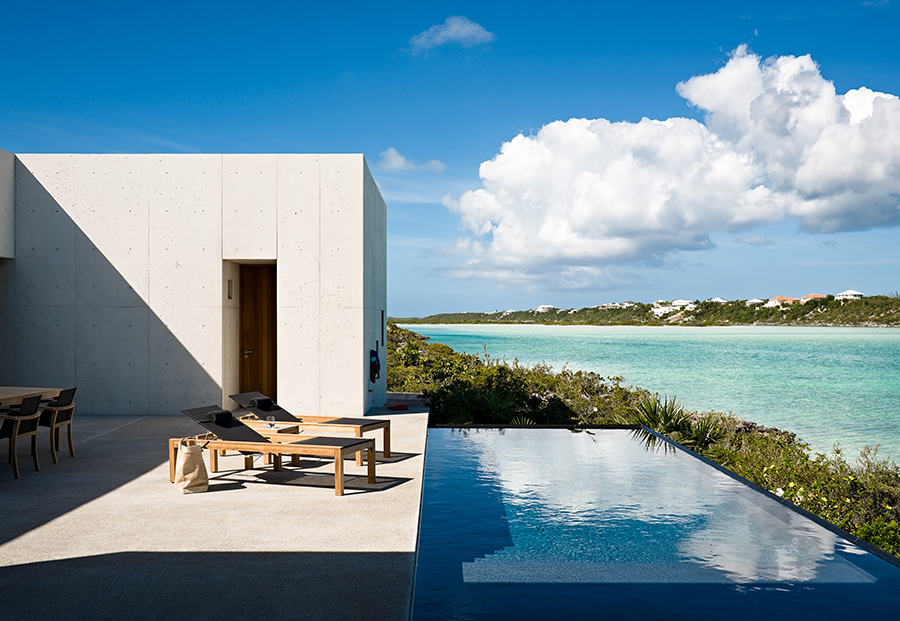AD Classics Neviges Mariendom Gottfried Böhm
2017-09-01 08:00
自18世纪末以来,朝圣者就一直在前往纳维吉斯,当时的教会第一次接待伊巴库拉塔(一种被尊崇的铜刻画,描绘圣母玛利亚的完美概念)。该遗址的受欢迎程度被证明是对现有巴洛克修道院来说太大了,导致在20世纪初建造了一个附属结构。即使有了这个有目的建筑,第二次世界大战后朝圣的高峰再次见证了纳维吉斯教堂的适度规模。1960年,决定建造一座新的朝圣教堂,以应付来访者的涌入。
Pilgrims have been making their way to Neviges since the late 18th Century, when the church of the time first played host to an Imacculata (a venerated copper engraving depicting the Immaculate Conception of the Virgin Mary). The site’s popularity proved too great for the existing Baroque monastery, leading to the construction of an annex structure in the early 20th Century. Even with this purpose-built structure, a spike in pilgrimages following the Second World War again saw the church at Neviges significantly over its modest capacity. In 1960, it was decided that a new pilgrimage church would be built to cope with the influx of visitors.[1.2]
考虑到这一目标,科隆大主教在1963年至1964年期间组织了一次建筑比赛。比赛要求建造一座可容纳900名礼拜者的教堂建筑,还有3000多人的站立空间;其他必要的元素包括两个小教堂、一个忏悔教堂、一个圣礼会、一个钟楼和其他附属空间。获胜者是一位名叫戈特弗里德·博姆的德国建筑师,他是一位名叫戈特弗里德·博姆的德国建筑师。
With this goal in mind, the Archbishopric of Köln (Cologne) organized an architectural competition to take place between 1963 and 1964. The contest called for a church building with seats for 900 worshippers, with standing room for 3,000 more; other required elements included two chapels, a confessional church, a sacristy, a bell tower, and other ancillary spaces. The winner, chosen by both the jury and particularly by Köln’s Archbishop Josef Frings, who was almost blind at the time, was a German architect named Gottfried Böhm.[3,4]
弗林斯自从1942年升任大主教以来,在科伦周围地区进行了大量的教堂建设。这是第二次世界大战后重建德国的更大努力的一部分:数百个世纪以来,数百座教堂被炸弹摧毁,直到战争结束。他们的替代者几乎普遍采用现代主义风格,既反映了战后的紧缩,也反映了礼拜仪式的任务和程序的变化。弗林斯本人主张更多地强调公众对弥撒的庆祝;因此,他认为祭坛不应安放在唱诗班的后面,而应该是一张独立的桌子,站在会众中间。在弗林斯的监督下建造的许多教堂都体现了这种更大的包容性和开放性,这一点在B hm的设计中得到了明显的体现。
Frings had overseen a great deal of church construction in the area around Köln since rising to the seat of Archbishop in 1942. This was part of the greater effort to rebuild Germany in the wake of the devastation of the Second World War: hundreds of churches, having stood for centuries, were obliterated in seconds by bombs toward the war’s end. Their replacements were almost universally built in Modernist style, reflecting both post-war austerity and changing liturgical mandates and procedures. Frings himself advocated for greater emphasis on the public celebration of Mass; accordingly, he felt that the altar should not be ensconced behind the choir, but should be a free-standing table standing amongst the congregation itself. This drive toward greater inclusivity and openness, reflected in many of the churches built under Frings’ oversight, would find pronounced expression in Böhm’s design.[5]
尽管位于一个较小,相对偏远的社区,马里恩都有着巨大的规模。B hm是一位著名的德国表现主义者,他认为神圣的建筑-无论是当代的还是其他的-应该引起观众的情感。无论是通过铁路、公路还是步行,人们都能从远处看到一座像山一样的混凝土峰顶。通往教堂的道路一边是一面墙,另一边是办公室和修道院,形成了一种正式的游行感觉,因为朝圣者是他们旅程的最后一站。
Despite being situated in a small, relatively remote community, the Mariendom is monumental in scale. Böhm was a noted German Expressionist who felt that sacred architecture—contemporary or otherwise—should elicit emotion in the viewer. Whether approaching by rail, road, or on foot, one can see a mountain-like peak of concrete from a far way off. The path up to the church is lined on one side by a wall and by the offices and convent on the other, forming a sense of formal procession as pilgrims make the final leg of their journey.[6]
如果不是马林敦最高峰上的金属交叉装饰,就没有迹象表明这座宏伟的混凝土结构是一座教堂。由一系列压缩混凝土立方体和金字塔组成,锯齿状的无定形质量,根据B hm的说法,是为了反映该地区的山区地形而设计的。(然而,偶然的观察家们注意到,马里恩东比莱茵兰更圆、更翠绿的山顶更像一座混凝土冰山。)[7]
Were it not for the metal cross adorning the Mariendom’s highest peak, there would be no indication that the imposing concrete structure was a church at all. Composed of a series of compressed concrete cubes and pyramids, the jagged, amorphous mass was, according to Böhm, designed to reflect the mountainous terrain of the region. (Casual observers, however, have noted that the Mariendom more closely resembles a concrete iceberg than the more rounded, verdant hilltops of the Rhineland.) [7]
一旦参观者进入教堂,高耸的建筑被短暂地遮蔽在一个相对较低的天花板的门厅中,在进入主崇拜空间的巨大空间之前提供了片刻的视觉悬念。和外部一样,内部是由一座大教堂大小的几何不规则混凝土构成的,上面的倾斜屋顶平面的接缝上有百叶窗,允许自然光进入空间。这一空间由祭坛所主导,虽然它并不完全在正门的轴线上,但按照主教弗林斯的喜好,它被放置在中央。右侧有三层展厅,即使教堂人满为患,也能让朝圣者观看并接近祭坛。左边,笼罩在相对黑暗的地方,有两个小教堂,包括玛丽恩卡佩尔教堂,里面住着铜的遗迹。[8,9]
Once visitors enter the church, the towering mass of the building is briefly obscured in a relatively low-ceilinged foyer, providing a moment of visual suspense before one enters into the cavernous volume of the main worship space. Like the exterior, the interior is formed of geometrically irregular concrete on the scale of a cathedral, the joints of the angled roof planes above interspersed with louvers that allow natural light into the space. The space is dominated by the altar, which, although not quite on axis with the main entrance, is placed centrally per Archbishop Frings’ preference. Three stories of galleries line the right side, allowing pilgrims views and proximity to the altar even when the church is crowded. On the left side, shrouded in relative darkness, are two chapels, including the Marienkapelle which houses the copper relic.[8,9]
为了与B hm的独特风格保持一致,原本毫无特色的灰色混凝土展区被彩色玻璃窗点缀着。主要是红色、蓝色和绿色,窗户-由B hm自己设计-抽象地描绘了许多典型的玛丽安主题,包括一朵大红玫瑰。对于Marienkapelle,B hm还创造了一个以伊奇提斯为中心的精细构图,这是一条象征基督的鱼。教堂各处散落着其他艺术家的雕塑作品,包括埃尔马尔·希勒布兰德设计的大理石柱和祭坛;戈特弗里德·博姆的亲生儿子马库斯也负责下教堂的绘画。
In keeping with Böhm’s particular style, the otherwise featureless gray expanses of concrete are punctuated with windows of brilliantly colored stained glass. Primarily red, blue, and green, the windows—designed by Böhm himself—depict, in abstract, a number of typical Marian themes, including a large red rose. For the Marienkapelle, Böhm also created an elaborate composition centered around the Ichthys, the symbolic fish which represents Christ. Scattered throughout the church are sculptural works by other artists, including a marble column and altar designed by Elmar Hillebrand; Gottfried Böhm’s own son, Markus, was also responsible for the painting of the lower church.[10]
纳维吉斯马林德姆教堂曾于1968年建造并封为圣堂,之后成为德国第二大教堂,仅次于科伦的哥特式大教堂。建筑物的混凝土体积虽然给人以牢不可破的印象,但实际上是在1980年代开始渗漏的;在施工时,混凝土的自然裂缝倾向显然没有被考虑在内。20世纪80年代做的混凝土修补引起了批评,因为这些补丁与原始材料不同,被认为破坏了建筑的美学纯度。然而,在建筑师的儿子彼得·博姆的监督下,第二次修补混凝土的努力有望解决这一问题,同时保持朝圣者和建筑爱好者最初的教堂外观。
Once constructed and consecrated in 1968, the Neviges Mariendom became the second-largest church in Germany, outdone only by the Gothic cathedral in Köln itself. The concrete mass of the building, while giving the impression that it was impregnable, actually began to leak by the 1980s; at the time of construction, concrete’s natural tendency to crack had evidently not been taken into account. Concrete patchwork done during the 1980s elicited criticism, as the patches, being of a different shade than the original material, were seen as ruining the building’s aesthetic purity. Under the supervision of the architect’s son Peter Böhm, however, a second effort to patch the concrete is expected to resolve the issue while maintaining the original outward appearance of the church for both pilgrims and architectural enthusiasts alike.[11]
参考文献[1]Altvater,Ricarda。“NachkriegsArchektur在诺德森-韦斯特法伦。”Mariendom Neviges2012年9月10日。[进入]。[2]“Velbert-Neviges x Maria,K nigin des Friedens”。斯特拉和德梅恩。2017年8月19日[进入]。[3]“NachkriegsArchektur in Nordhein-Westfaren”[4]“Velbert-Neviges Maria,K nigin des Friedens”[5]James-Chakraborty,Kathleen。“‘抽象表格被德国教会采用的速度比工业界更快’。”建筑评论。2016年4月19日[进入]。[6]James-Chakraborty。[7]“Velbert-Neviges x Maria,K nigin des Friedens”,[8]James-Chakraborty。[9]“NachkriegsArchektur in Nordhein-Westfaren”[10]“Velbert-Neviges Maria,K nigin des Friedens”[11]Voogt-Müller,B rbel。“Mariendom:der”Betonfelsen“是不二色的。”西德切·齐通。2012年2月10日。[进入]。
References [1] Altvater, Ricarda. "Nachkriegsarchitektur in Nordrhein-Westfalen." Mariendom Neviges. September 10, 2012. [access]. [2] "Velbert-Neviges | Maria, Königin des Friedens." Straße der Moderne. Accessed August 19, 2017. [access]. [3] "Nachkriegsarchitektur in Nordrhein-Westfalen." [4] “Velbert-Neviges | Maria, Königin des Friedens.” [5] James-Chakraborty, Kathleen. "'Abstract forms were espoused more quickly by the German church than by industries'." Architectural Review. April 19, 2016. [access]. [6] James-Chakraborty. [7] “Velbert-Neviges | Maria, Königin des Friedens.” [8] James-Chakraborty. [9] "Nachkriegsarchitektur in Nordrhein-Westfalen." [10] “Velbert-Neviges | Maria, Königin des Friedens.” [11] Voogt-Müller, Bärbel. "Mariendom: Der „Betonfelsen“ ist undicht." Westdeutsche Zeitung. February 10, 2012. [access].
建筑师戈特弗里德·伯姆位置埃尔伯费尔德·斯特尔。12,42553维尔伯特,德国建筑师戈特弗里德·伯姆客户红衣主教弗林/科伦项目年教区照片劳里安·吉尼托尤Yuri Palmin类别纪念中心
Architects Gottfried Böhm Location Elberfelder Str. 12, 42553 Velbert, Germany Architect Gottfried Böhm Client Cardinal Fring / Archdiocese of Köln Project Year 1972 Photographs Laurian Ghinitoiu, Yuri Palmin Category Memorial Center
体验戈特弗里德·博姆在纳维吉斯的清教徒教会的“残酷信仰”这篇由劳利安·吉尼托尤撰写的独家照片文章最初是为第五期游说委托的。本月晚些时候,总部位于伦敦的最新一期杂志-与巴特利特建筑学院(Bartlett School Of Architecture)合作出版-审视了“信仰”的主题:“狂热的驱动力、危险的教义、美丽脆弱但持久的建筑、毫无歉意的借口、绝望的呼吁,以及对建筑责任的及时思考。”
Experience the "Brutal Faith" of Gottfried Böhm's Pilgrimage Church in Neviges This exclusive photo essay by Laurian Ghinitoiu was originally commissioned for the fifth issue of LOBBY . Available later this month, the latest issue of the London-based magazine-published in cooperation with the Bartlett School of Architecture-examines the theme of Faith as "a fervent drive, a dangerous doctrine, a beautifully fragile yet enduring construct, an unapologetic excuse, a desperate call for attention and a timely consideration on architectural responsibility."
 举报
举报
别默默的看了,快登录帮我评论一下吧!:)
注册
登录
更多评论
相关文章
-

描边风设计中,最容易犯的8种问题分析
2018年走过了四分之一,LOGO设计趋势也清晰了LOGO设计
-

描边风设计中,最容易犯的8种问题分析
2018年走过了四分之一,LOGO设计趋势也清晰了LOGO设计
-

描边风设计中,最容易犯的8种问题分析
2018年走过了四分之一,LOGO设计趋势也清晰了LOGO设计




.jpg)

.jpg)





.jpg)



.jpg)

.jpg)



.jpg)

.jpg)

.jpg)

.jpg)























.jpg)



.jpg)

.jpg)

.jpg)

.jpg)
















